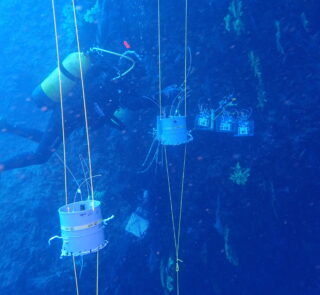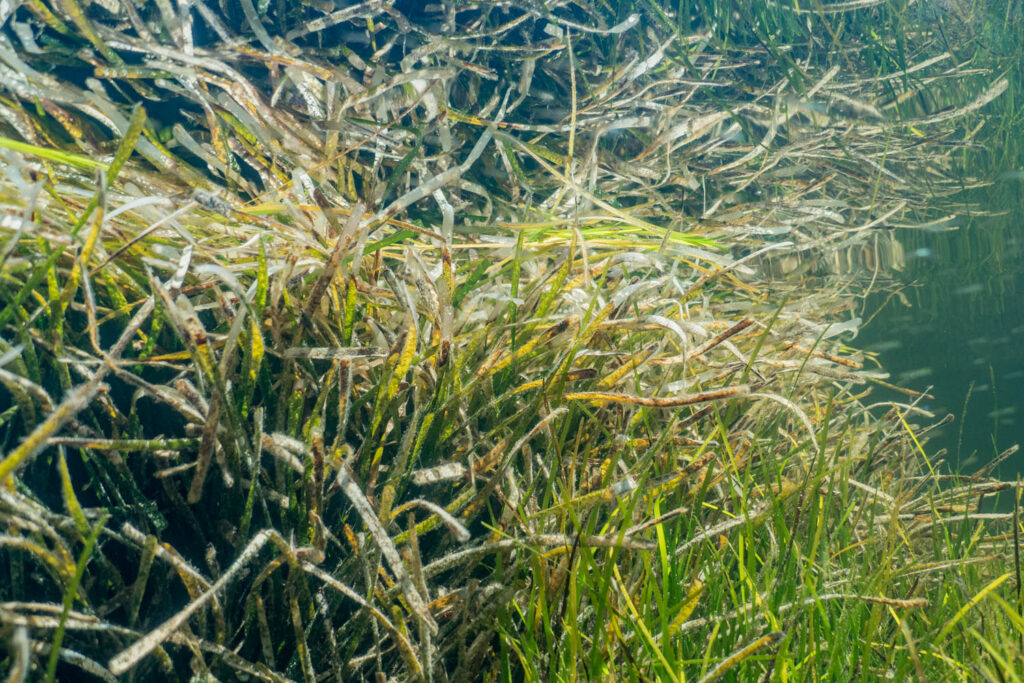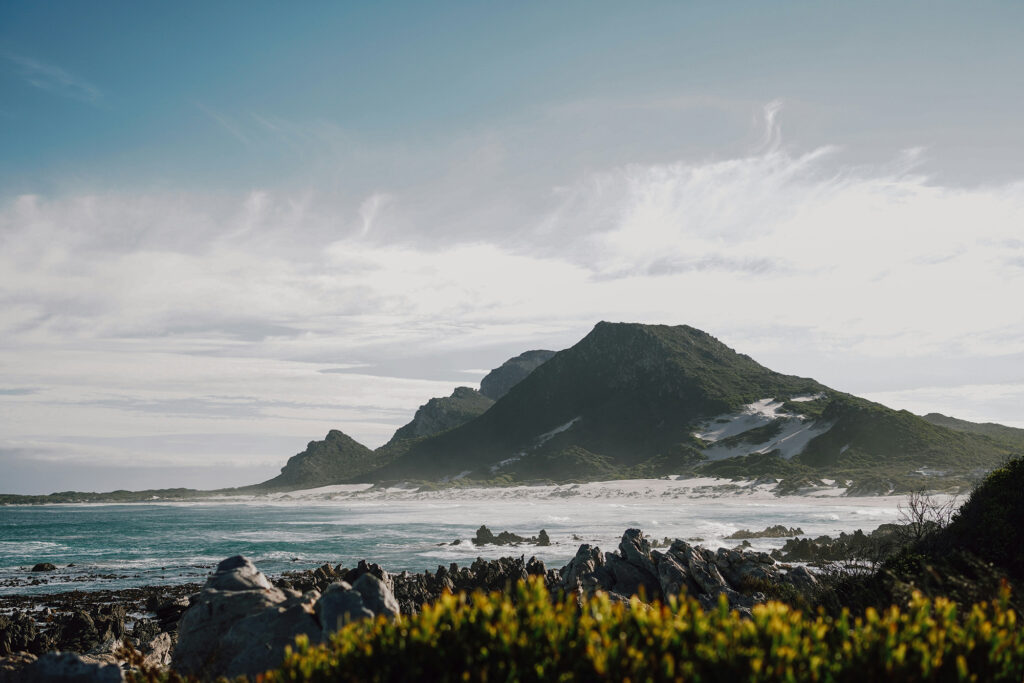Coastal marine ecosystems mitigate the effects of greenhouse gas emissions into the atmosphere by sequestering large amounts of carbon. However, these systems also export more than 40% of their primary production in the form of organic carbon to the ocean; About half of this carbon is exported as dissolved organic matter (DOM). Existing research on coastal blue carbon primarily focuses on carbon sequestration as plant biomass, while the mechanisms controlling MOD export and the processes that transform MOD and recalcitrantly sequester it (MODR) are largely little known measure.
This project is motivated by the need to contribute to this knowledge by focusing on the role of metazoans in the transformation and recycling of MOD. As a first step in this direction, we propose to focus on the Phylum Porifera since, among benthic metazoans, sponges stand out for their ability to consume large amounts of MOD. We propose to examine and quantify the three fundamental knowledge gaps necessary to evaluate the role of sponge populations as a benthic carbon pump, comparable to the oceanic microbial carbon pump:
- The metabolic demand of sponges and the fluxes of organic carbon, O2, and CO2;
- The speed at which sponges transform organic matter into labile or MODR;
- The effectiveness of sponges to eliminate volatile organic compounds (VOCs) in the coastal zone.
- We will address these questions through direct and simultaneous in situ measurements of oxygen and MOD consumption and the production of CO2 and MOD at the individual level of sponges; This will allow us to determine to what extent other metabolic processes other than nitrification can affect oxygen consumption, as well as quantify the amount of CO2 that would escape into the atmosphere.
- We will also study the fate of MOD released by sponges and the production of MODR, thus contributing to long-term carbon sequestration in the ocean.
Finally, we propose to examine the role of sponges in controlling the fate of hitherto ignored VOCs; Evaluating the role of marine sponges as bioremediators of these compounds is important, since despite their low concentration, once released, they can have dramatic large-scale consequences.
The identification of new carbon sinks and VOC bioremediation pathways is necessary to understand the dynamics of coastal zones, especially because these ecosystems are being degraded and destroyed at a faster rate than most terrestrial ecosystems. The conservation and rehabilitation of coastal areas provides one of the best mitigation efforts, with benefits for all, known today as we strive to adapt to the consequences of climate change.











